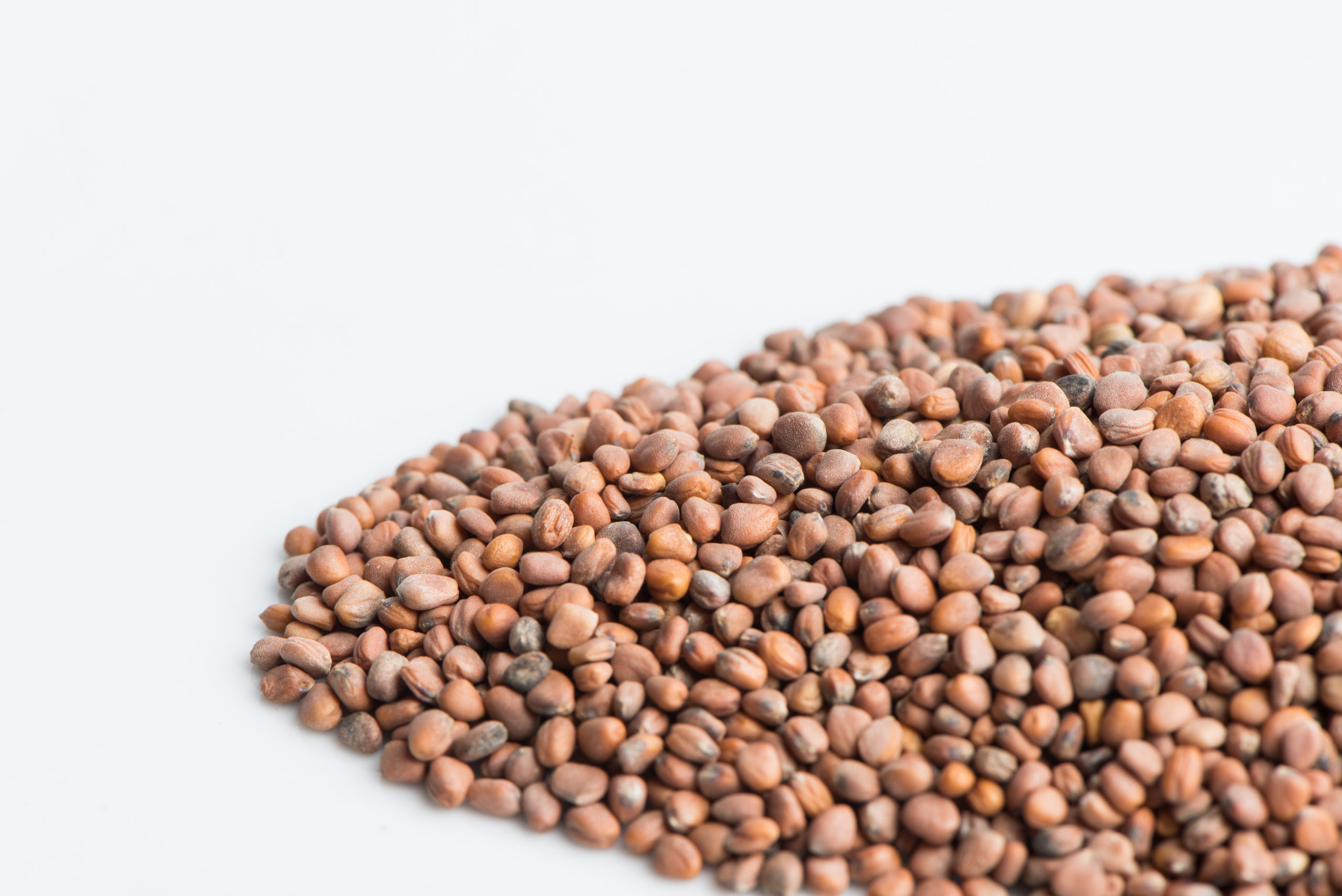Introduction: The Joy of Homegrown Radishes
Cultivating radishes from seed is a rewarding venture for gardeners of all skill levels. These crunchy, peppery root vegetables not only add a zesty crunch to salads and sandwiches but also mature quickly, providing a sense of accomplishment for those eager to see tangible results in their garden. This guide outlines essential tips and techniques to ensure a bountiful radish harvest, covering everything from soil preparation to pest management.
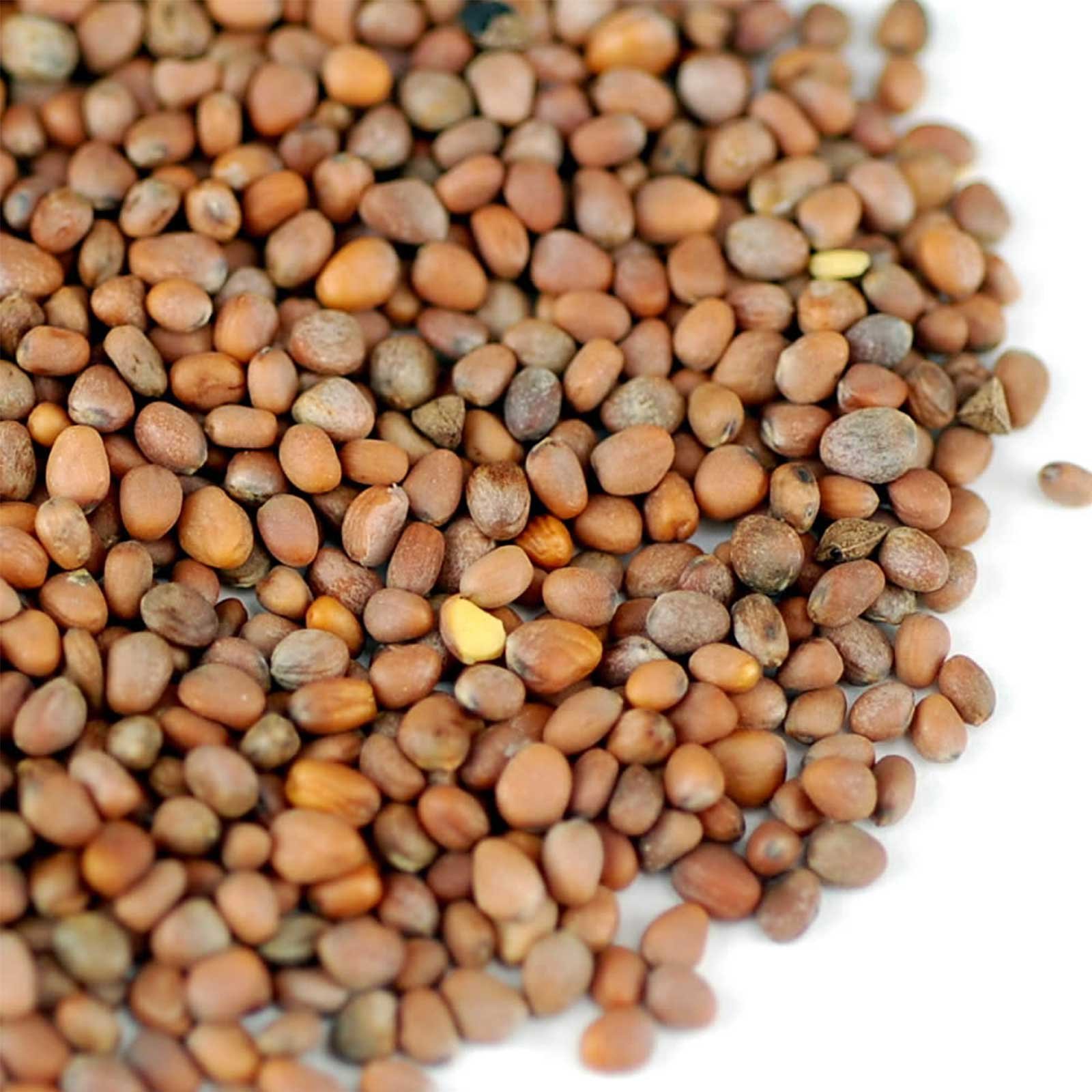
Choosing the Right Radish Varieties
Selecting the appropriate radish variety is the first step towards a successful crop. Radishes come in a myriad of colors, shapes, and sizes, each suited to different growing conditions and culinary uses. ‘Cherry Belle’ and ‘French Breakfast’ are popular choices for their quick maturity and mild flavor, ideal for beginners. Winter varieties like ‘Daikon’ require more space and time to grow but reward with their large, mild roots perfect for pickling or stir-fries. Understanding your climate and the intended use of your radishes will guide your selection process.
Optimizing Soil Conditions
Radishes thrive in well-draining, loose soil that’s rich in organic matter. Prior to planting, work in compost or aged manure to improve soil structure and fertility. A pH range between 6.0 and 7.0 is ideal; testing your soil and adjusting its acidity, if necessary, can greatly enhance growth. Avoid compacted soils, as they lead to misshapen roots. Mulching around plants helps retain moisture and suppress weeds without obstructing the soil surface, critical for direct-seeded radishes.
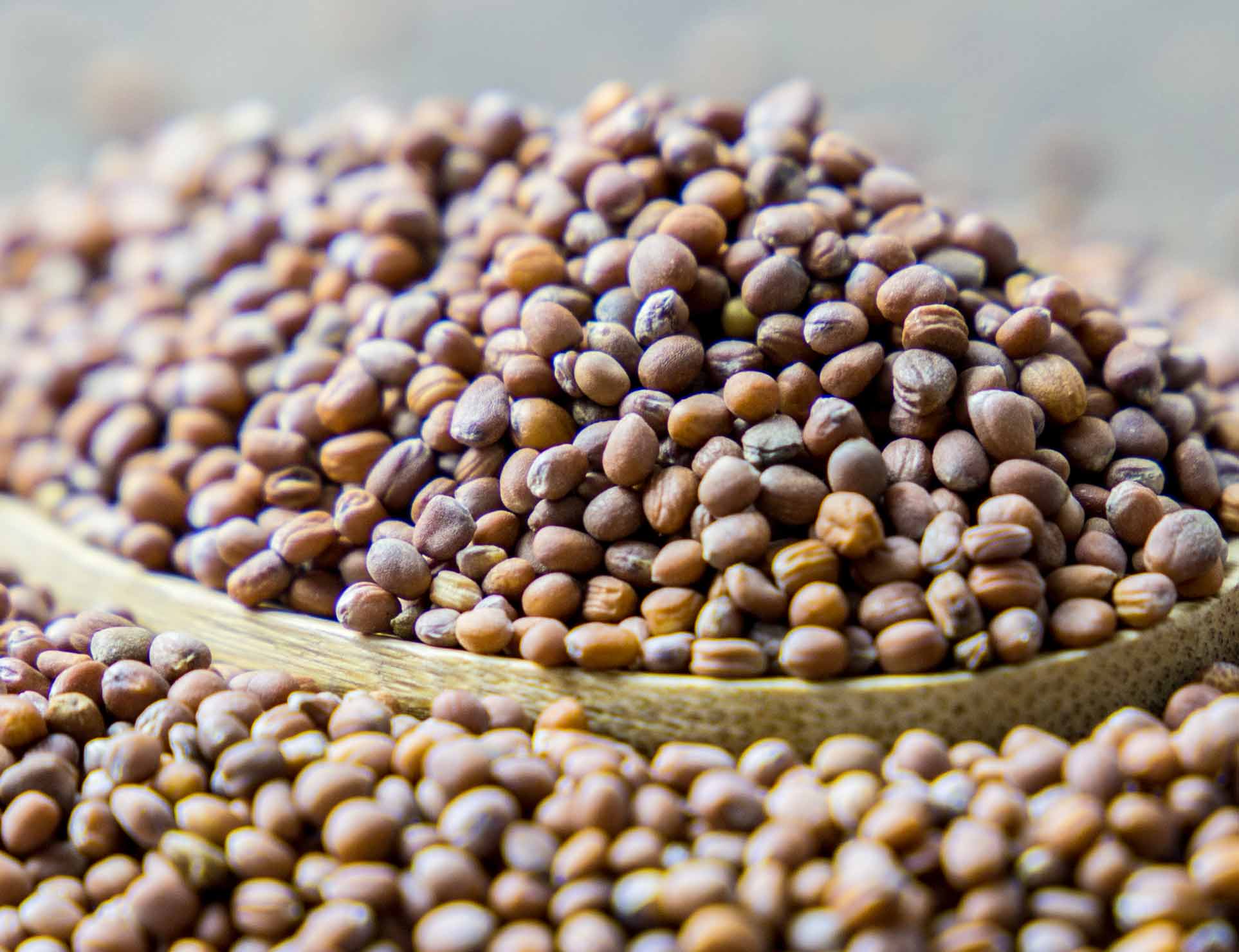
Planting Techniques for Optimal Germination
Direct sowing radish seeds is the most common method, as these plants do not transplant well. Plant seeds about 1/2 inch deep and 1-2 inches apart in rows spaced 12 inches apart. Lightly cover the seeds with soil and water gently to avoid washing them away. Radishes germinate quickly, often within 3-7 days, so it’s important to keep the soil moist during this period. Successive sowings every two weeks can extend your harvest season, ensuring a continuous supply of fresh radishes.
Watering and Fertilization for Robust Growth
Consistent moisture is crucial for even radish development. Water deeply once or twice a week, depending on weather conditions, aiming to keep the soil evenly moist but not waterlogged. Overwatering can cause roots to split, while underwatering results in pithy, hot-tasting radishes. Since radishes mature rapidly, heavy fertilization is unnecessary. A light application of balanced fertilizer at planting or side dressing with compost mid-season can be beneficial, but excessive nitrogen promotes lush foliage growth at the expense of root development.
Pest and Disease Management for Healthy Plants
Radishes are generally pest and disease-resistant, but common issues include flea beetles, root maggots, and clubroot disease. To prevent flea beetle damage, cover young plants with floating row covers. Root maggots can be deterred by using radish varieties with resistant traits or through crop rotation, avoiding Brassica family crops in the same spot for at least three years. Clubroot, a fungal disease, can be managed by maintaining optimal soil pH and avoiding contaminated tools or soil. Regular monitoring and prompt action against any detected issues are key.
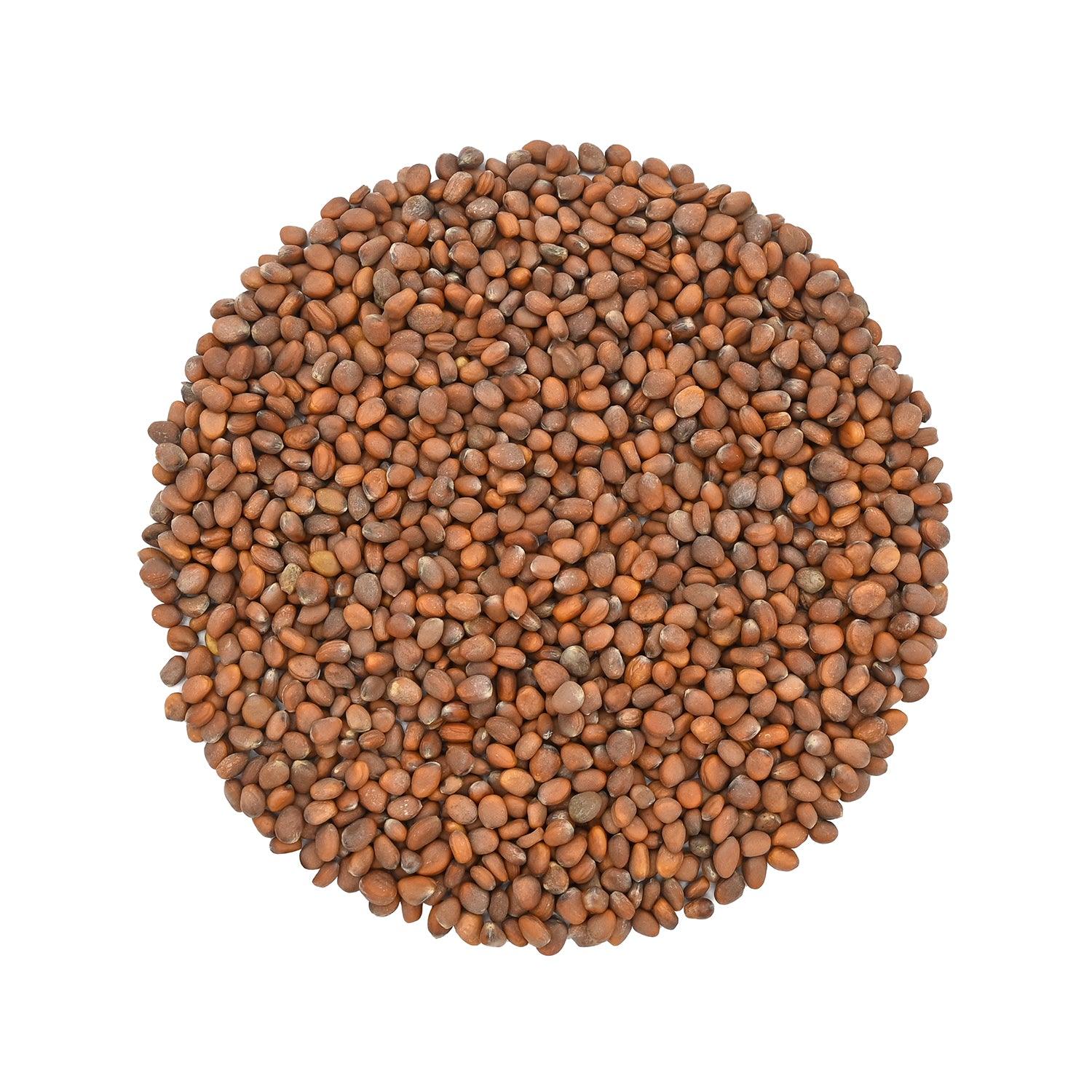
Harvesting at the Peak of Perfection
Timing is everything when it comes to harvesting radishes. Most varieties are ready to harvest in as little as 25-60 days after planting, depending on the type. Watch for the tops to emerge and monitor the size of the swollen root beneath the soil. Harvest when roots reach maturity—typically the size of a golf ball for round varieties—before they become woody or pithy. Use a garden fork or your hands to gently lift the roots, taking care not to damage them. Prompt harvesting not only ensures the best flavor but also encourages the plant to put energy into producing more edible leaves, which can also be consumed.
Post-Harvest Care and Storage
After harvesting, remove excess soil and trim the leafy tops, leaving about an inch to prevent moisture loss from the roots. Store unwashed radishes in a perforated plastic bag in the refrigerator’s crisper drawer. They will keep fresh for up to two weeks. Alternatively, radishes can be pickled or frozen for long-term storage, preserving their crisp texture and tangy flavor.
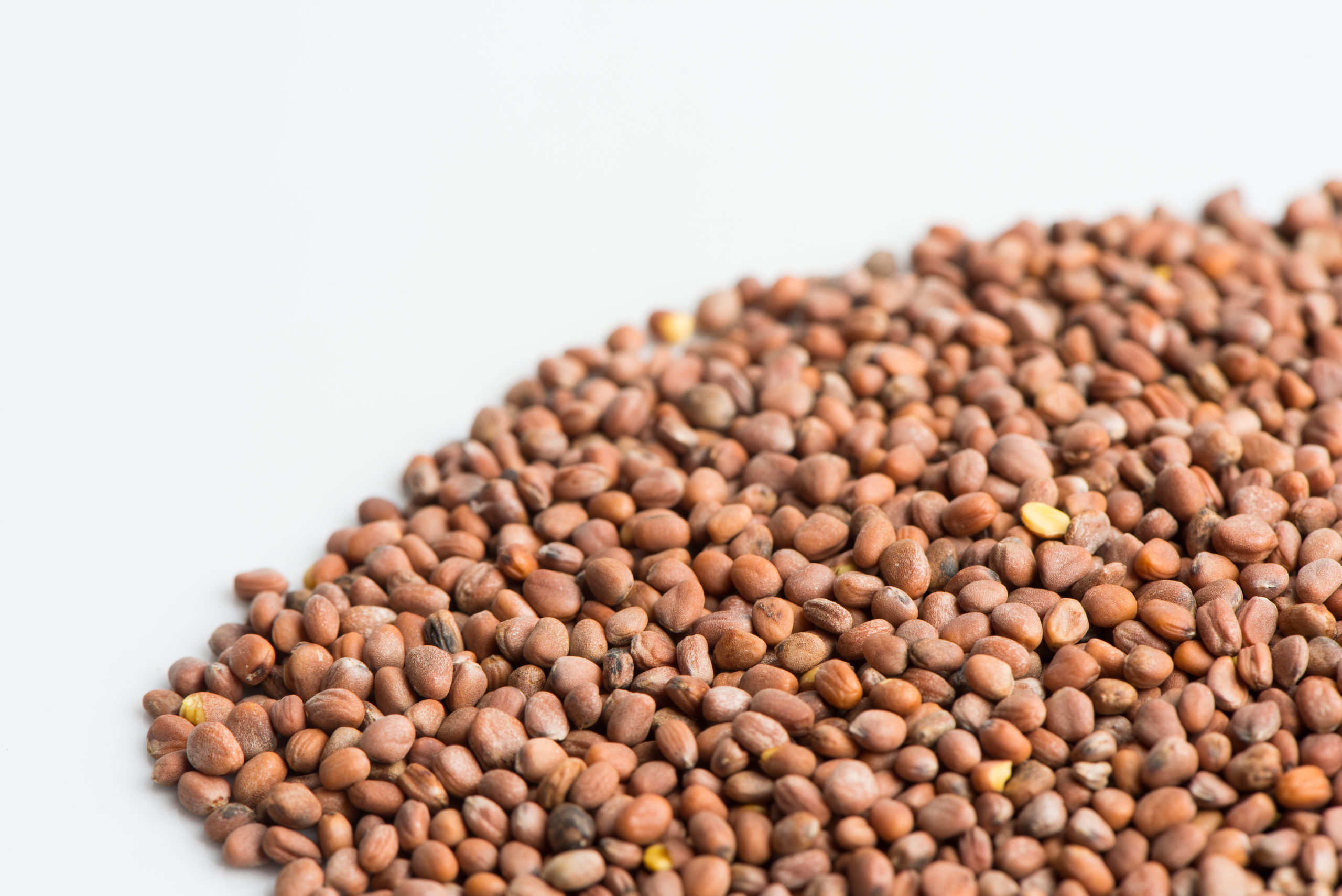
Extending the Harvest: Successive Planting and Crop Diversity
To enjoy a continuous supply of fresh radishes throughout the growing season, practice successive planting. This involves sowing small batches of seeds every 7 to 14 days, depending on the variety and local weather conditions. By staggering your plantings, you can ensure a steady harvest rather than a single, overwhelming crop.
Incorporating crop diversity not only enhances the health of your garden ecosystem but also provides insurance against potential crop failures. Consider interplanting radishes with other quick-growing vegetables like lettuce, spinach, or spring onions. This technique, known as companion planting, can help deter pests, improve soil health, and maximize space usage. For example, radishes can repel cucumber beetles that might otherwise bother your cucumbers or squash, making them excellent companion plants in a vegetable patch.
Nutritional Value and Culinary Uses
Radishes are not just tasty; they’re packed with nutritional benefits. Low in calories and high in fiber, they contain vitamins C and K, potassium, and antioxidants, contributing to a healthy diet. Their peppery crunch makes them versatile in the kitchen.
In salads, radishes add a refreshing bite when sliced thinly and paired with greens. They can also be grated into slaws or used as a colorful garnish. For a warm dish, try roasting radishes to soften their sharpness and bring out their natural sweetness. Don’t forget the greens! Radish leaves are edible too and can be sautéed like spinach or added to soups for extra nutrition.

Conclusion: Cultivating Joy and Flavor in Every Bite
Growing radishes from seed is a simple yet fulfilling endeavor that rewards gardeners with a taste of homegrown freshness. By adhering to the outlined tips on variety selection, soil preparation, planting, watering, fertilization, pest management, and timely harvesting, you set yourself up for a bountiful and flavorsome harvest. Not only do radishes offer a quick-growing satisfaction in the garden, but they also contribute a delightful crunch and peppery kick to your meals, making them a versatile and cherished addition to any kitchen garden. Start sowing today and reap the rewards of your efforts in just a few short weeks.
